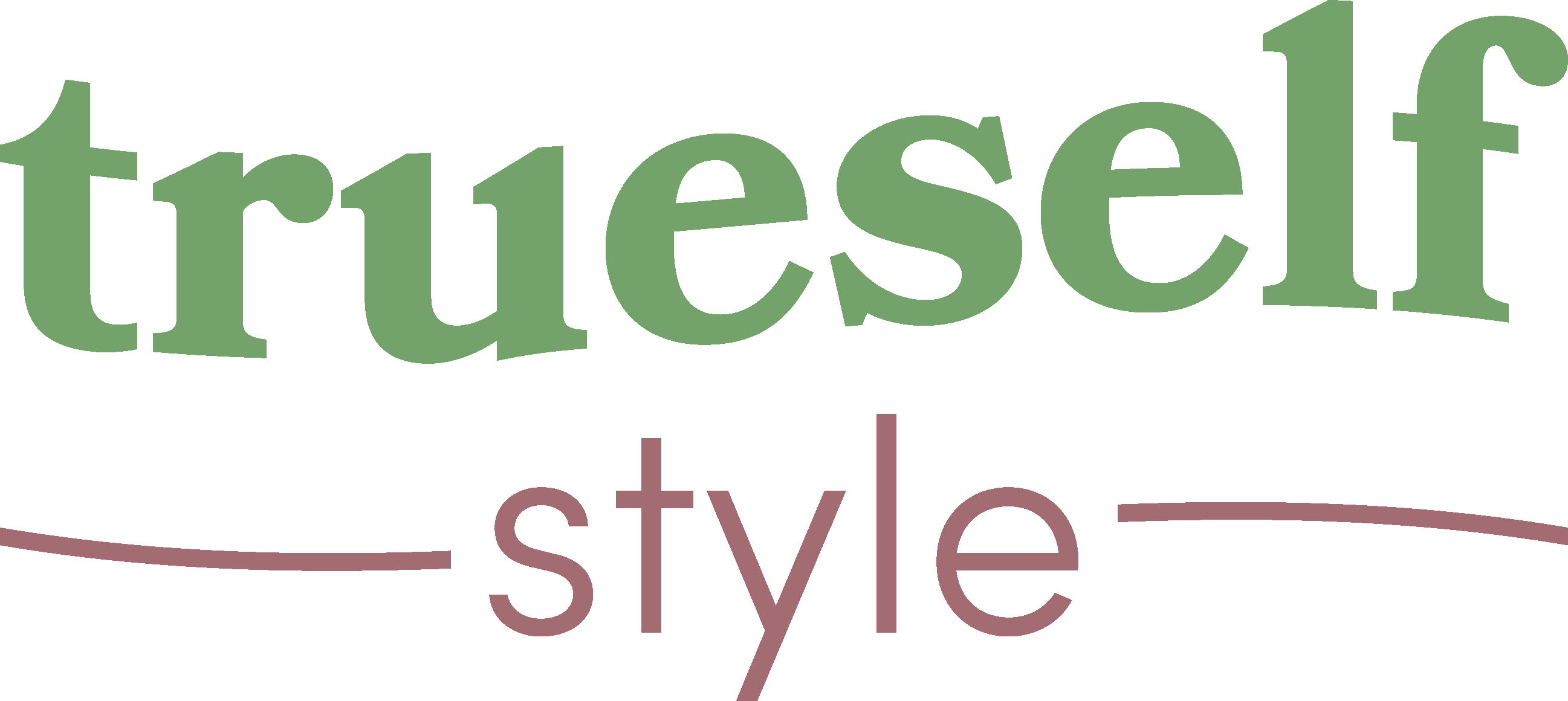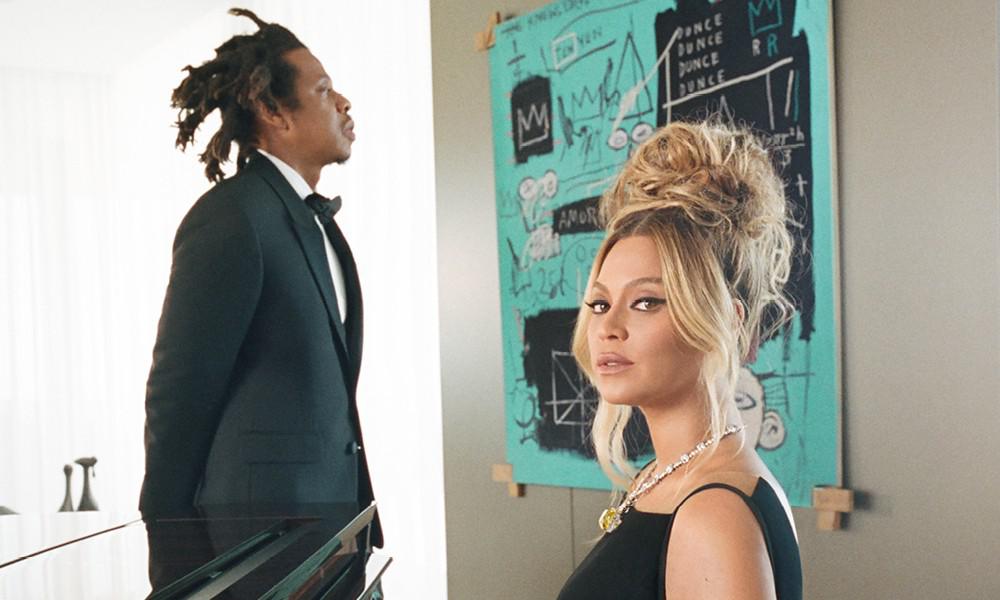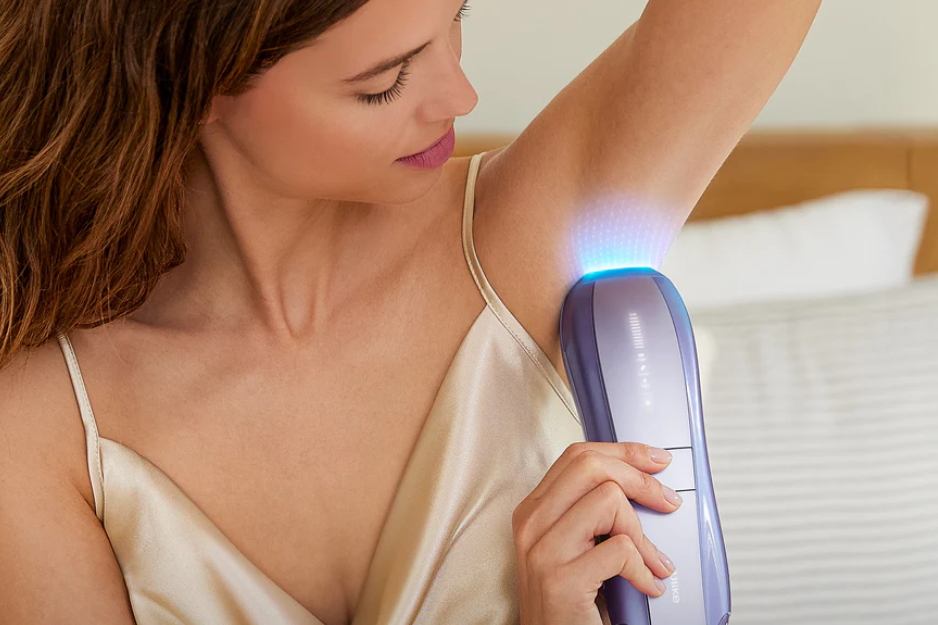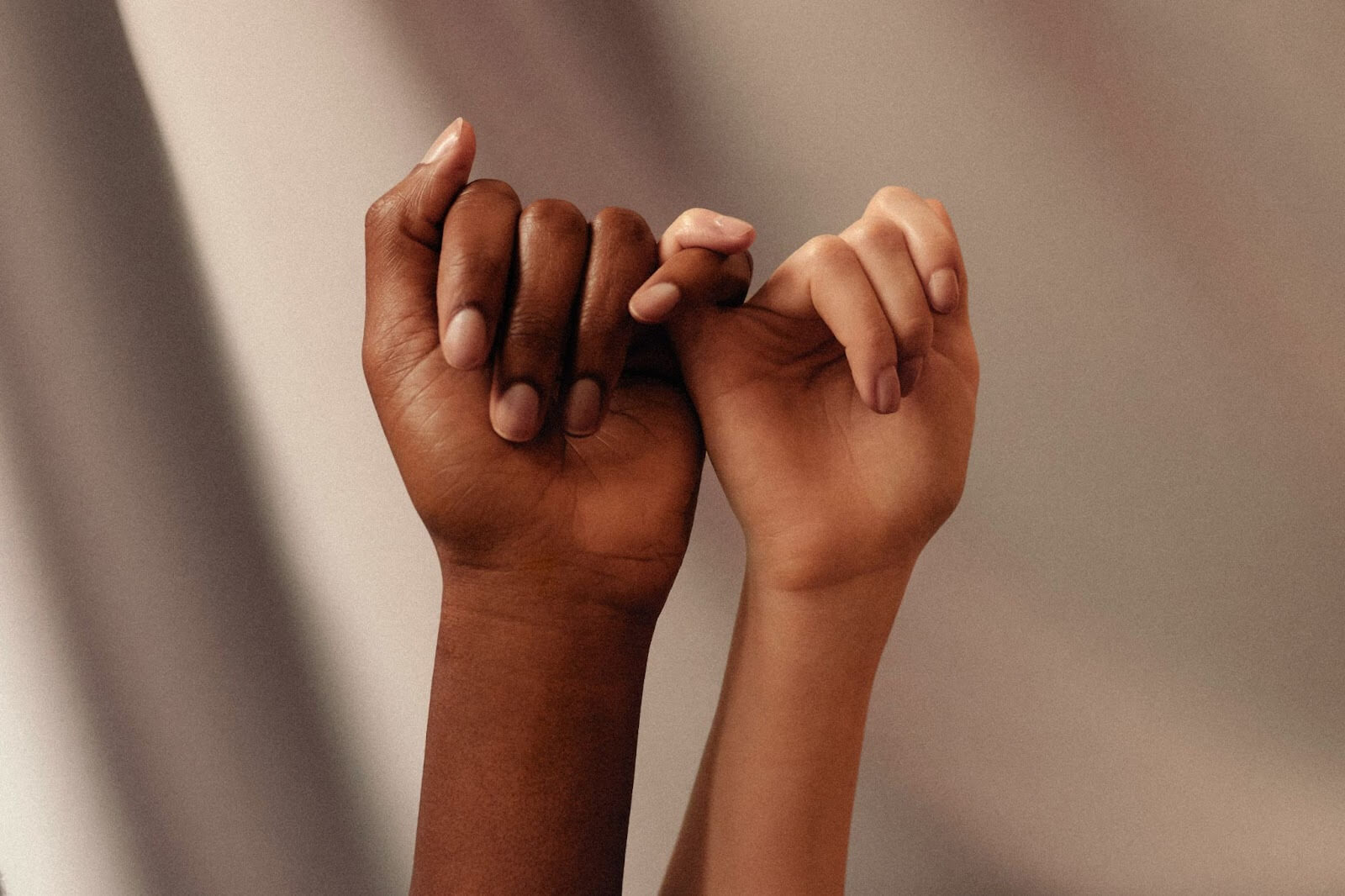Imagine this: the marketing worked on you.
There’s no shame in it, but all those Instagram ads, billboards, influencer posts, TV spots, and more-more-more … worked. Whispering “treat yourself” under your breath, you hit checkout and order an advent calendar.
But this isn’t just any old advent calendar. No, instead of tasteless, waxy chocolates waiting behind those teeny-tiny doors, you’ve been promised so much more. It’s a Chanel Advent Calendar and you just spent $825 on it.
We’re gasping at the sticker price, but you did too when you heard it. Before you jumped through hoops adding up what all the individual gifts would cost to justify the outrageous price tag — running through how you’ve always wanted this holiday treat, and how you’ve worked so hard all year. Don’t you deserve it?
Maybe you saved up for it, maybe it was an impulse splurge. Either way, the stakes are high. Sure, part of the joy of an advent calendar is that sweet anticipation each and every day leading up to Christmas. But this time, the gifts you reveal each day will determine just how worth it your investment was. And as for the sticker price, each morning should feel like the Yuletide on steroids — after all, you’re being gifted Chanel!
So why do you keep opening the boxes only to be greeted with disappointment?
The Chanel Calendar Controversy: Explained
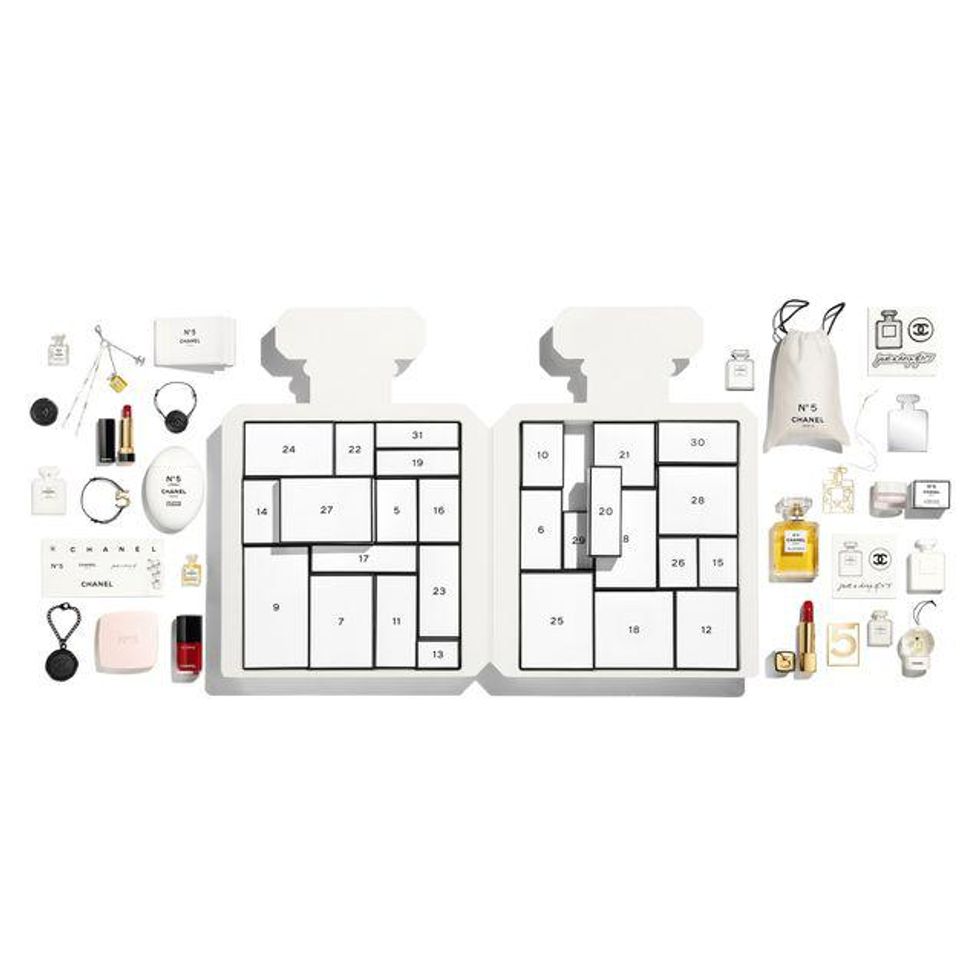
This year, many lovers of luxury faced a severe letdown by their Chanel Advent Calendar — fervently expecting a cornucopia of coveted Chanel products and getting … stickers.
While — yes — some boxes were filled with makeup items and Chanel-branded products, customers on TikTok were not satiated. In particular, one box contained a dust bag — you know, those free bags that typically hold shoes. This seriously infuriated viewers and buyers alike.
It wasn’t mere pickiness or brattiness that caused the advent calendar outrage — it was the betrayal. According to the New York Times, it was “because it was Chanel, with all the mythology built into the name, the stakes and expectations could not have been higher. And the sense of betrayal when those expectations were not met, greater — and, it would seem, the desire to publicly pile-on in response, irresistible.”
Disappointed fans are reacting to the gulf between the expectation and the reality — and the enormous financial cost bridging that gap.
The Chanel calendar was a marketing initiative to celebrate the 100th birthday of Chanel No. 5. However, it’s not the only beauty calendar in the market. Dior has one for $550, Armani’s costs $310, Saint Laurent has another for $300 — all pricey. But none as unconscionable as the Tiffany version, which even surpasses Chanel. By a lot.
For $150,000, you too can have your very own Tiffany advent calendar — released in collaboration with the Basquiat estate. It contains a four ft cabinet with a reproduction of the Basquiat painting “Equals Pi” alongside the requisite 24 gifts inside. The newly unveiled painting was acquired by Tiffany for its coloring, which they claim is close in shade to the iconic Tiffany Blue.
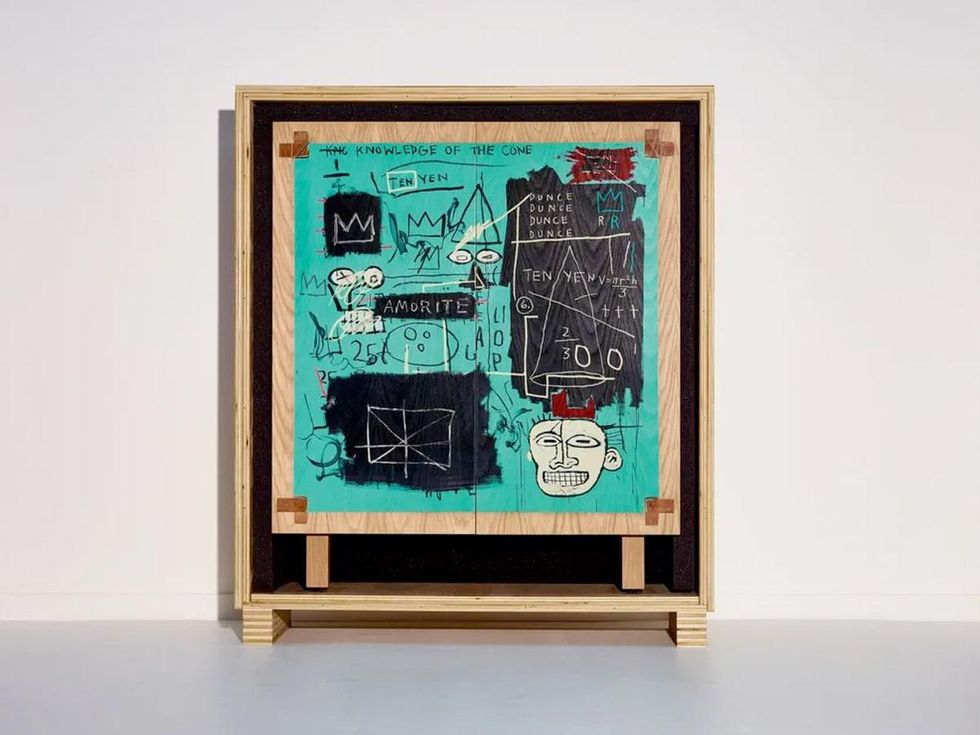
“Equals Pi” was first seen in the 2021 ad campaign starring Jay Z and Beyonce. The ad glamorized the Tiffany brand as the epitome of luxury and culture as if a Tiffany purchase will bring us anywhere close to being like Beyonce.
The Lie of Luxury
Yet, this is the lie that luxury brands exist on. While it’s easy to roll our eyes at the advent calendar controversy — or fall prone to blaming people for such extravagances — it’s not the super-rich who are dismayed by the calendar’s presents. It’s people who saved, coveted and splurged not on items but on an idea that didn’t live up to its promise.
For those who already live the luxury lifestyle marketed to us, these extravagant advent calendars are window dressing. But for people seduced by marketing that preys on the vulnerabilities that the brands themselves profit from, their precious holiday purchases are far more than frivolous throwaways. The items mean something because — to them — the brand means something.
Luxury brands train us to value how we seem over how we feel. They teach us that looking a certain way, having a certain thing, or copying a certain aesthetic will make us feel the way we imagine we should feel. Moneyed people are less seduced by this marketing ploy because they already have the lifestyle the rest of us are encouraged to strive for. Therefore, these items become more precious to us, the stakes feel higher, and in that desperation we reveal ourselves.
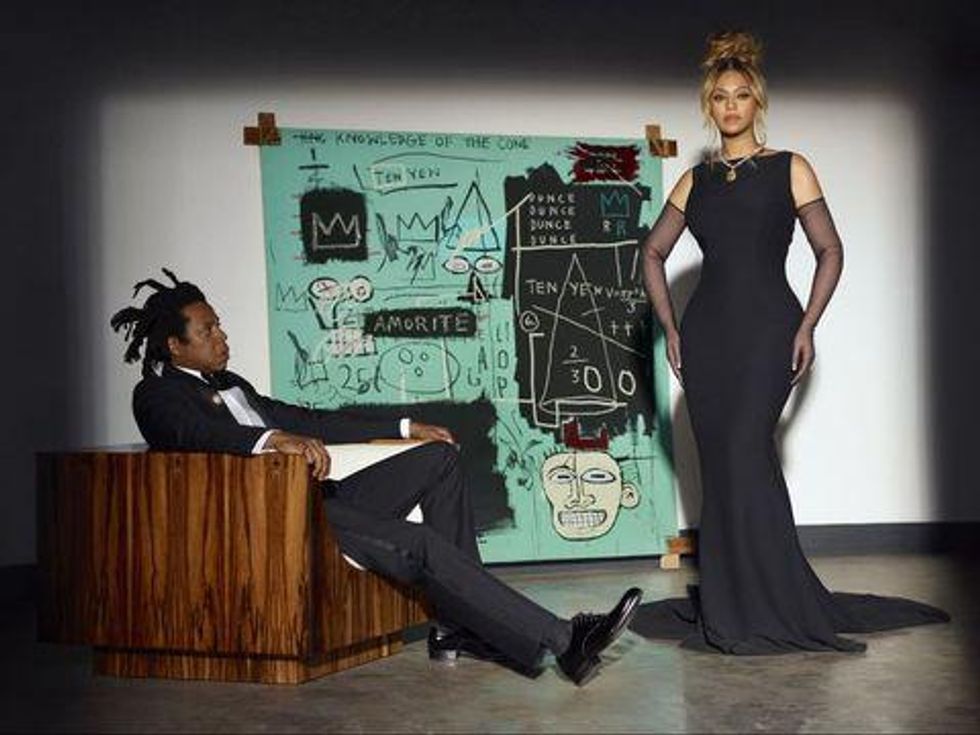
How many of us have bought an expensive object and kept it in our closets for fear of ruining it? Meanwhile, the fat cats we’re attempting to emulate can misuse and discard luxury items without thought.
While we’re taught to think buying the right things will trick others into thinking we’re living a luxe lifestyle, the constant reaching reveals that we are not. This constant cycle underscores how brands profit from ridiculous things like the Chanel calendar every time. Because it’s still Chanel. And at the end of the day, it still carries a pedigree we desire.
How to Get Out Of the Cycle: Cleo Budgeting App
Ideally, we’d all just abandon brands and status symbols completely. But given social standards, it’s unrealistic — and, besides, sometimes participating in trends and buying luxury can be really fun.
I get joy from luxury soaps and bath gels and then there are my favorite cozy sweaters. I’ve spent a lot of time separating out the things I truly enjoy from how I want other people to view me and how their views actually make me feel.
But it’s difficult to get to a place where you aren’t swayed by public opinion. In the meantime, try Cleo, the relatable budgeting app which will help you keep it real.
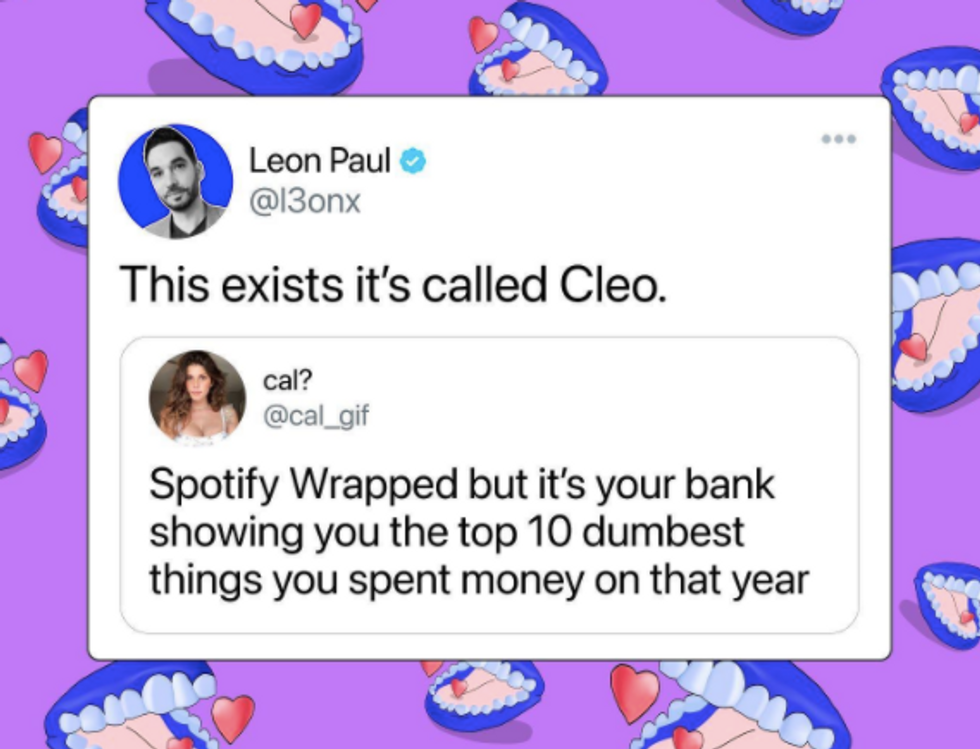 via Cleo Instagram
via Cleo Instagram
Rather than blowing our budget on farcical luxuries — such as an ostentatious advent calendar! — it’s time to see if they fit into our spending plans. This will keep us from impulse spending and make sure we’ll not only purchase things we value, but we’ll actually use. Whatever your Chanel Calendar equivalent is, go ahead and gift it to yourself as a holiday treat — just make sure it’ll be worth it.
*
Chanel, TikTok and the Beauty Advent Calendar Controversy — NYT
How the Beyoncé and Jay Z Controversy Shows Gen Z’s Money Priorities – PayPath
